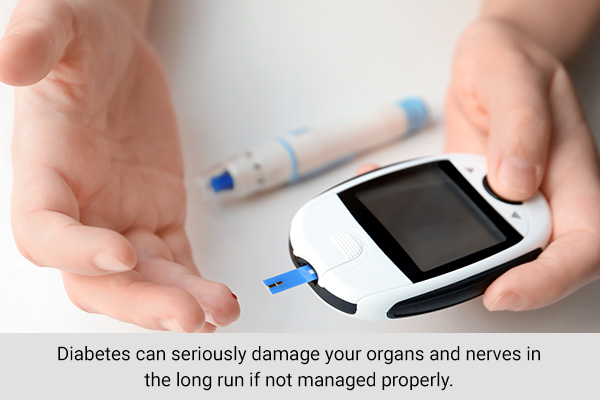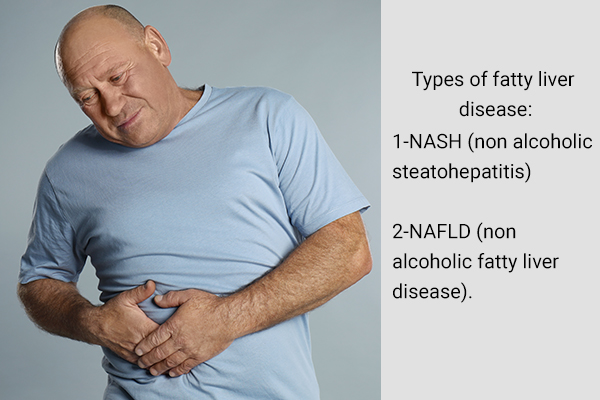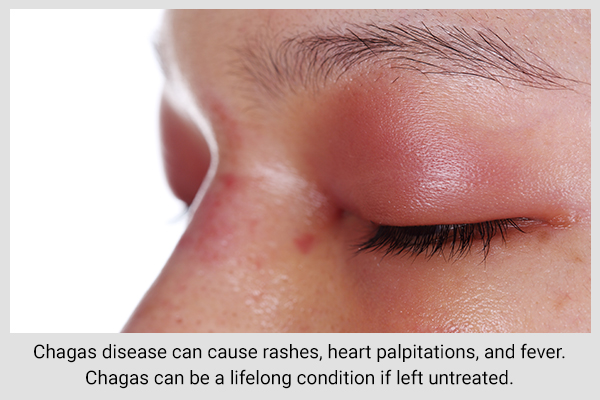Everyone suffers from major or minor illnesses at some point in life. However, a few chronic diseases have been nicknamed “silent killers” due to their mortality rate and lack of symptoms.

Most of these conditions occur due to metabolic or genetic issues and some can be attributed to lifestyles. Thus, it is best to get regularly screened for these diseases as early detection can help prevent fatalities.
Silent Killer Diseases You Must Know
Here are some common chronic conditions that may be deadly if not addressed.
1. High blood pressure
High blood pressure, or hypertension, is a chronic condition that causes elevated levels of blood pressure in the blood vessels. This can be detrimental to your health in the long run and should be managed with a doctor’s guidance. It can put you at risk of heart disease and heart attack. (1)
You may have hypertension if your blood pressure reading is higher than normal on at least 3 separate occasions. Some common symptoms are dizziness, headache, nausea, and fatigue.
You can be at higher risk of developing hypertension if you smoke, drink alcohol excessively, have a family history of diabetes, have elevated levels of cholesterol, or consume too much salt. (2)
Fortunately, when diagnosed early, high blood pressure can be resolved with lifestyle changes, becoming more physically active, restricting salt and high-fat intake, taking prescribed medicines, etc. (3)
2. Diabetes

Diabetes is another chronic disorder. It causes a rise in blood sugar levels due to decreased production of insulin (a hormone that regulates blood sugar) or decreased sensitivity to insulin in the body.
There is no cure for diabetes and it has to be managed with lifestyle changes, diet, medication, or insulin injections for the rest of your life. (4)
Diabetes is a major health scare in today’s generation due to the increase in obesity and decreased physical activity. (5) It can seriously damage your organs and nerves in the long run if not managed properly.
There are two main types of diabetes:
- Type 2 diabetes – Type 2 diabetes occurs due to decreased sensitivity of the cells to insulin. Insulin helps break down blood sugar to release energy. Hence, type 2 diabetes causes an increase in blood sugar even if the pancreas is working effectively. (6)
- Type 1 diabetes – Type 1 diabetes, or juvenile diabetes, occurs due to the inefficient production of insulin by the pancreas. It more commonly manifests in adolescents and young adults and can be a lifelong condition.
You should monitor your blood sugar levels regularly if you have diabetes. It helps in decreasing your risk of heart disease, organ failure, and nerve damage.
3. Coronary artery disease (CAD)
Coronary artery disease is the most common heart disease and is also one of the biggest causes of death in the United States.
It occurs when the walls of blood vessels thicken due to the deposition of cholesterol and fatty plaque. This impairs blood flow and may cause high blood pressure, angina (chest pain), increased heart rate, etc. (7)
CAD can significantly increase your risk of a heart attack.
4. Fatty liver disease

There are two main types of fatty liver disease: nonalcoholic steatohepatitis (NASH) and nonalcoholic fatty liver disease (NAFLD).
Nonalcoholic Fatty Liver Disease occurs when you have fat deposits but no damage to the liver, and NASH occurs with fat and damage to the liver. (8) NASH is the more dangerous form of liver disease and can progress to cirrhosis (permanent scarring and damage to the liver).
Excessive alcohol consumption is a big factor in developing liver diseases. Treatment includes medicines, lifestyle changes, and diet. The only treatment if liver disease has progressed to cirrhosis is a liver transplant. (9)
5. Osteoporosis
Osteoporosis is a condition that causes a decrease in bone density and minerals. It can increase your risk of fractures. Osteoporosis usually does not cause symptoms unless you break a bone due to injury. It is commonly diagnosed in older women.
Osteoporosis can be managed with physical activity, medicines, consuming more calcium and vitamin D, quitting smoking, etc. (10)(11)
6. Colon cancer
Colorectal cancer occurs in the colon and rectum, which are the lower parts of the large intestine. It begins as the growth of polyps in the intestine and slowly progresses to cancer.
Colorectal cancer is one of the most common and deadly cancers in the United States today. It is highly preventable if detected early and the polyps are removed.
If you are above the age of 50, have Crohn’s disease or ulcerative colitis, have a family history of colorectal cancer, or have colorectal polyps, it is important to regularly have yourself checked for colorectal cancer. (12)
7. Nonmelanoma skin cancer
Nonmelanoma skin cancer includes common cancers of the skin cells such as basal cell carcinoma and squamous cell carcinoma. It tends to occur when the skin cells are overexposed to the UV rays of the sun or tanning beds.
Symptoms of skin cancer can be red patches, tiny white bumps, warts, bleeding patches, etc. (13)
8. Chagas disease

Chagas disease is caused by the protozoan Trypanosoma cruzi. It is a common disease spread by insects in the United States and Latin America.
Chagas disease can also be transmitted by bug feces in food, from mothers to babies during birth, or from blood products or organ donation from an infected person. It can cause rashes, heart palpitations, and fever.
Chagas can be a lifelong condition if left untreated. (14)
9. Cervical cancer
Cervical cancer occurs in the cervix, which is located at the bottom end of the uterus at the opening of the vagina. Most cases of cervical cancer occur due to a human papillomavirus (HPV) infection. (15)
Early detection is key to preventing cervical cancer in women. It is essential to undergo a Pap smear test once a year for adult women. (16)
10. Hepatitis
Hepatitis is a liver disease that can significantly damage the liver. A group of viruses can cause hepatitis, but the hepatitis C virus is the most common causative agent. This disease is spread by blood transfusions, using used needles, or sexual contact.
There are no vaccines for hepatitis C, but certain medicines can cure the disease. (17)
Final Word
A significant rise in metabolic disorders such as diabetes, hypertension, and PCOD is seen in the United States today. Sedentary lifestyles, obesity, and fast food consumption have contributed to this phenomenon and need to be addressed urgently.
Making a few widespread lifestyle changes such as encouraging more physical activity, consuming healthy diets, or avoiding cigarettes and vaping can help decrease the occurrence of many preventable diseases.
- Was this article helpful?
- YES, THANKS!NOT REALLY


